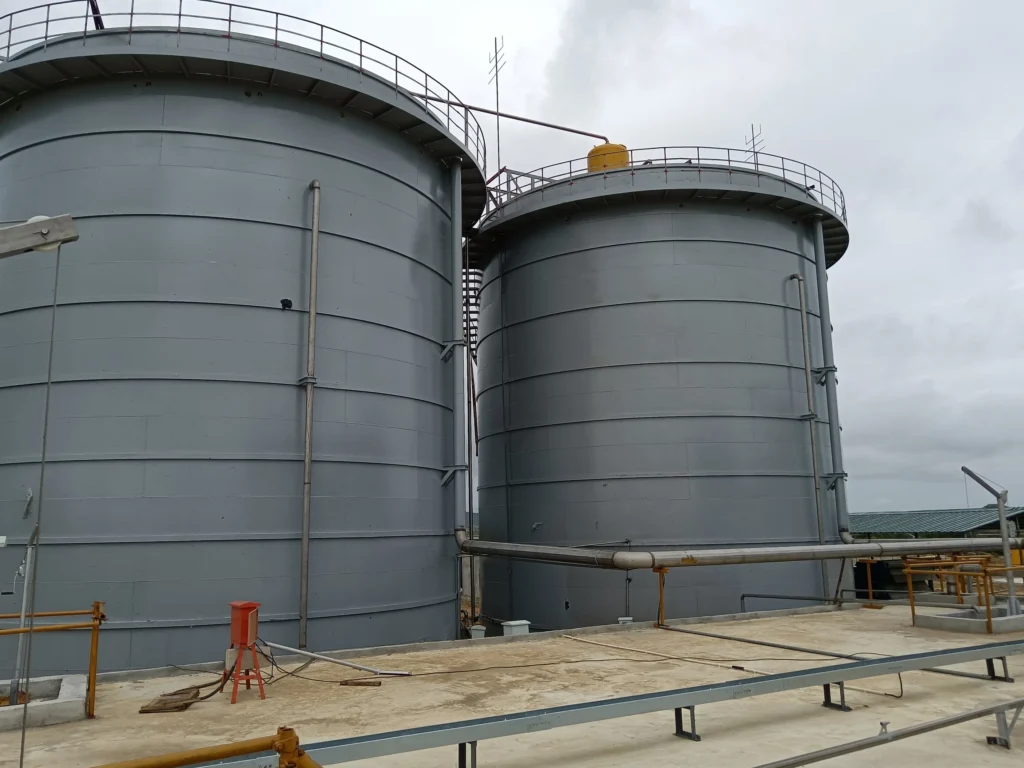Up-flow Anaerobic Sludge Blanket Reactor (UASBR)
Up-flow Anaerobic Sludge Blanket Reactor (UASBR)
The Up-flow Anaerobic Sludge Blanket Reactor (UASB) is a wastewater treatment system where water flows upward through a bed of anaerobic sludge, facilitating the breakdown of organic matter. It is efficient for treating high-strength wastewater, producing biogas as a byproduct.

What happens in Up-flow Anaerobic Sludge Blanket Reactor (UASBR)?
In a Up-flow Anaerobic Sludge Blanket Reactor (UASBR), wastewater flows upward through a reactor filled with a bed of sludge. The wastewater is treated by microorganisms that reside within the sludge, which break down the organic pollutants through anaerobic digestion, meaning it occurs without the need for oxygen. As the water passes through the reactor, the microorganisms digest the organic material, producing biogas as a byproduct.
The sludge blanket in the UASBR helps capture and retain these microorganisms, ensuring that the treatment process is efficient and continuous. The upward flow of wastewater keeps the sludge in suspension, promoting better contact between the contaminants and microorganisms while preventing clogging. The reactor operates at ambient temperatures, making it suitable for treating organic-rich wastewater without additional energy requirements.
UASBRs are widely used for treating high-strength organic wastewater, such as in food processing, breweries, and other industries. The system is effective in producing biogas, which can be harnessed for energy production, making it both an environmentally friendly and energy-efficient wastewater treatment method.
